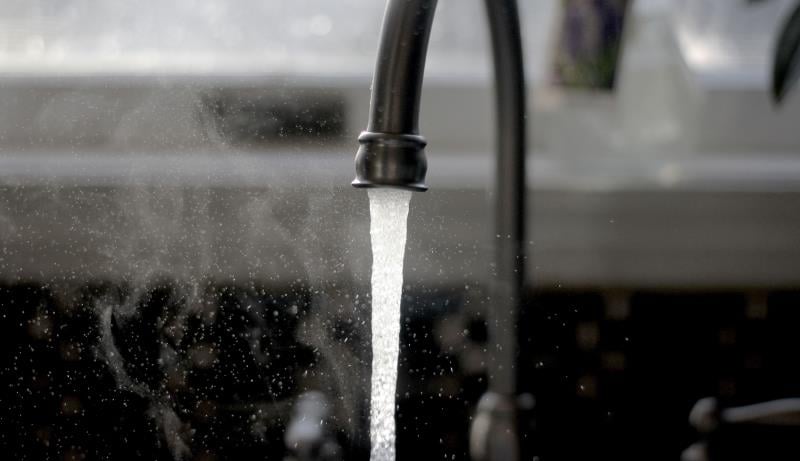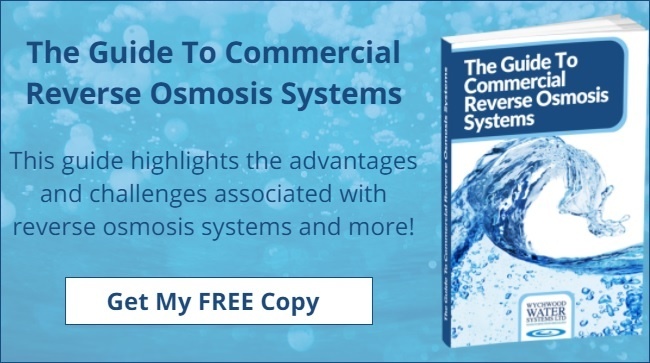
Installing a reverse osmosis water purification system is integral to the production processes of many companies. With such a system being of vital importance and often central to production, it is sensible to spend time and money caring for it with regular maintenance in order to optimize performance and prolong equipment life.
Here are some things that can happen if systems are not properly maintained.
Clogged Membrane May Reduce Output
The key component of any reverse osmosis system is the membrane. It’s relatively expensive to replace and hard to clean. In general, a membrane can last from 3 to 5 years. But only if you clean it on a regular basis.
Daily inspections are necessary to discover membrane problems. The slightest reduction in output could signal membrane fouling. As soon as the membrane loses its cleaning properties, the system becomes useless.
The longer you wait to clean the membrane, the more money you could spend on the eventual cleaning, and the more you risk system downtime.
Improper Inspection Could Lead To Bacteria Growth
Bacteria growth is a common problem for improperly maintained reverse osmosis systems. Failing to clean and inspect the system on a regular basis leads to bacterial infestation. If such a problem occurs, the system needs to be shut down for testing and decontamination. The plant should undergo lengthy chemical intervention to ensure full bacterial elimination.
It’s much easier to prevent bacteria growth than to deal with it. Monitoring the water flow, water output, and system temperature is essential to preventing bacteria formation. Regular system disinfection with hydrogen peroxide treatment or heat sanitation is vital for continuous operation.
Inadequate Pre-treatment
As virtually all RO companies will vouch for, RO systems are often purchased as off-the-shelf systems without any pre-treatment. With RO being now commonplace it is often sold as an across-the-board one-size-fits-all solution, the basics of water purification are often glossed over or overlooked. For all systems, the incoming feedwater should be assessed so that appropriate pretreatment equipment can be specified. At its simplest, this should comprise a softener to prevent scale formation, and a carbon filtration step to prevent the passage of chlorine into the membrane which can damage the RO by oxidation.
Incorrect Design Can Cause Mechanical Damage
Often maintenance is made difficult due to poor design. This can lead to a number of problems, including mechanical damage to parts of the system. For example, the membrane could easily be damaged by the hydrostatic shock caused by sudden water pressure changes.
The right approach to installation incorporates safeguards against hydrostatic shock. At the design stage, an expert should check whether the system components are adequately sized. While professional installation may be more expensive than the work done by an in-house team, it could save money in the future.
The importance of properly maintaining a reverse osmosis system is hard to overlook. The two major factors to consider when choosing an approach to maintenance are cost and downtime. Professional regular maintenance can reduce system costs and eliminate downtime; lack of maintenance does just the opposite.
At Wychwood Water Systems, we offer professional installation and maintenance services for all types of industrial reverse osmosis systems. We also have a wide selection of water purification systems for your company to lease or purchase. For more information, please call us or download our free Guide To Commercial Reverse Osmosis Systems.









 We are a specialist independent company involved in water purification and water treatment technologies
We are a specialist independent company involved in water purification and water treatment technologies


